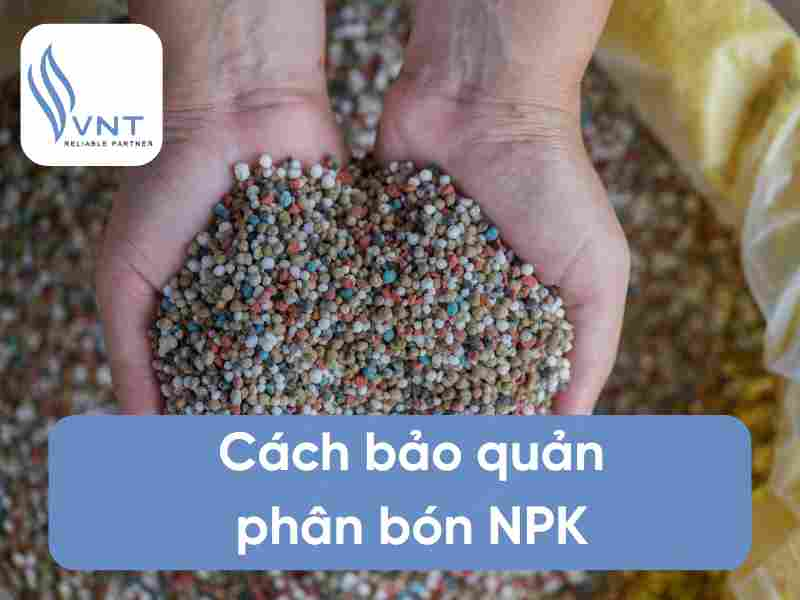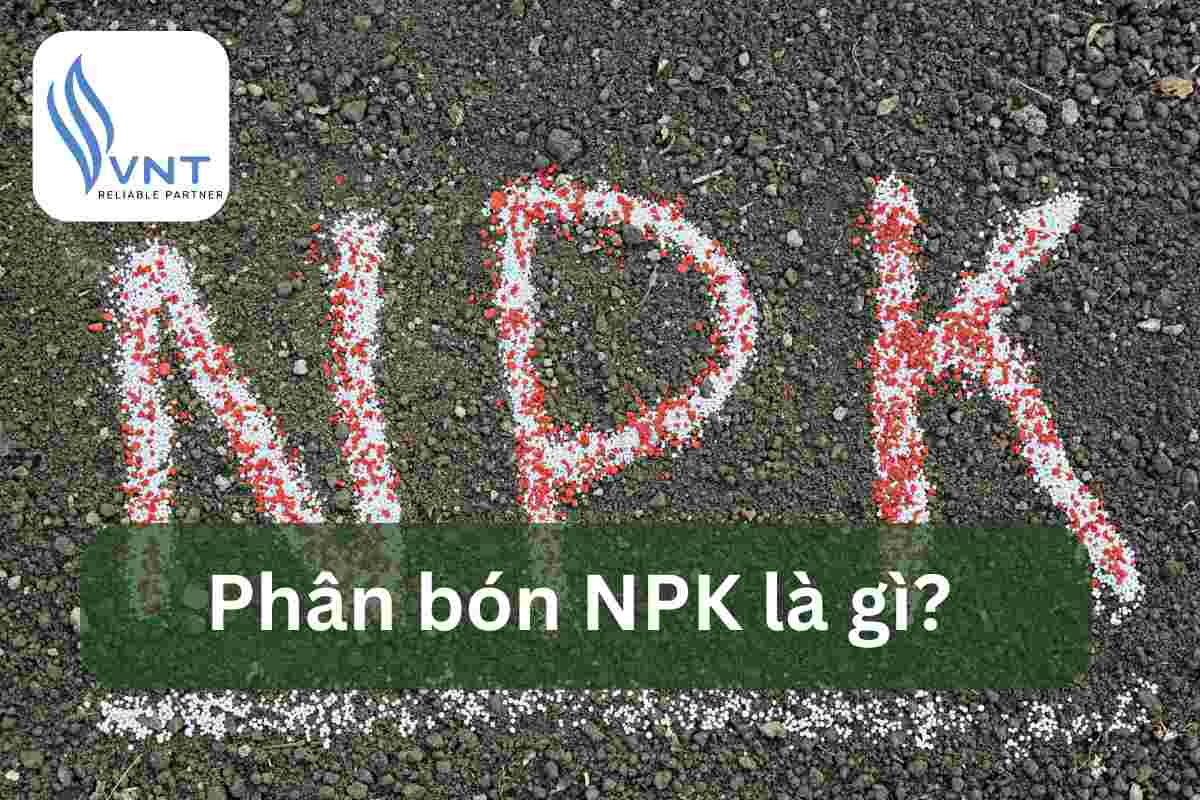What is nitrogen fertilizer? How does it affect plants?
Nitrogen fertilizers, along with phosphate and potassium fertilizers, provide the three most essential macronutrients for plants. Nitrogen fertilizers play an important role in helping plants grow and achieve high yields. So what is nitrogen fertilizer? What types of nitrogen fertilizers are there? What are the effects of nitrogen on plants? Let's learn about this type of fertilizer with VNT.
What is nitrogen fertilizer?
Nitrogen fertilizer is the general name for inorganic fertilizers that provide nitrogen for plants. Nitrogen fertilizers provide nitrogen compounds to plants in the form of nitrate ions NO3- and ammonium ions NH4+. The nutritional value of nitrogen fertilizers is assessed by the % N content in the fertilizer.
This is one of the most popular chemical fertilizers, and nitrogen fertilizers are always trusted by people. Nitrogen fertilizers stimulate the growth of plants. With nitrogen fertilizers, plants will grow quickly, producing many seeds, tubers or fruits.
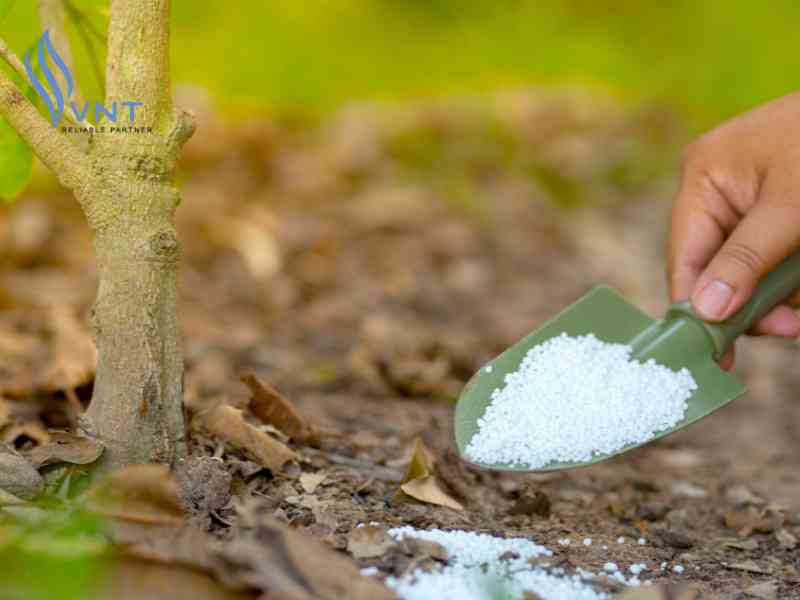
What is nitrogen fertilizer?
The role of nitrogen fertilizers for plants
Nitrogen plays a very important role for plants, it is one of the primary elements that make up life.
- Nitrogen is present in all simple and complex proteins, it is the main component of plant cell membranes, participates in the composition of nucleic acids (ie DNA and RNA), and plays an extremely important role in the metabolism of plant organs.
- It is an element that participates in the main composition of chlorophyll, proteins, peptides, amino acids, enzymes and many vitamins in plants.
- Nitrogen is also present in the composition of chlorophyll, without which green plants are unable to photosynthesize. It is also found in alkaloid compounds, phemene and many other important substances of plant cells
- Nitrogen promotes plant growth, helps plants to branch strongly, produce many leaves, and photosynthesize well... increasing crop yields.

The role of nitrogen fertilizers for plants
Some harmful effects of plants when lacking nitrogen:
– Stunted growth. When plants lack nitrogen, they lack basic materials to form cells, so their growth ability is stagnant.
– The leaves of the whole body turn yellow. The physiological and biochemical processes in the plant are stagnant, and less chlorophyll is formed, causing the leaves to turn yellow.
In addition, excess nitrogen is also very bad for plants. Excess nitrogen will prevent the plant from converting it completely into organic form, causing accumulation of many inorganic nitrogen forms that are toxic to the plant.
Excess nitrogen will cause the plant to grow excessively, causing it to clump. Carbon compounds must be mobilized to detoxify nitrogen, so they cannot form "fibers", making the plant weak, and the fruit formation process is stagnant, reducing or preventing harvest.
Excess nitrogen will cause the following phenomena:
– Branches and leaves grow strongly but produce little and late fruit.
– Roots develop little and shallow.
– The branches and leaves are dense above ground, but the roots are few and shallow below ground, causing an imbalance, making the tree easy to fall.
– Trees with dense, green leaves, high humidity, and lack of direct sunlight cause pests to develop more. Branches, stems, and young leaves are soft, making them easy for pests to invade.
A lack or excess of nitrogen can greatly affect plants. Fertilizer should be applied appropriately to the type of plant, soil, and type of fertilizer used.
Commonly used nitrogen fertilizers
Some commonly used nitrogen fertilizers today are: ammonium nitrogen fertilizer, nitrate nitrogen fertilizer and urea.
1. Urea
Urea fertilizer has the chemical formula CO(NH4)2 with a content of 44-48% pure N. This type of fertilizer accounts for more than 58% of the nitrogen fertilizer produced worldwide.
Characteristics:
Urea fertilizer has 2 forms, each form has different characteristics.
- White crystal type, round particles, easily soluble in water. The disadvantage is strong hygroscopicity
- The type is in the form of pellets, small as fish eggs. This type has added moisture-proofing agents, is easy to preserve, easy to transport. This is a fertilizer used quite a lot in agriculture.
Advantages of urea fertilizer:
- Has a wide adaptability, suitable for use on many different types of soil and plants.
– Suitable for acid sulfate soil
How to use: Usually used as a top dressing, diluted to a concentration of 0.5 – 1.5% and sprayed on leaves. Urea can be mixed with phosphate fertilizer but should not be left for too long.
Store carefully, do not expose to sunlight or leave in a place where light shines. If the fertilizer is exposed to sunlight and air, the urea will decompose and evaporate. Opened fertilizer bags should be used up within a short time.
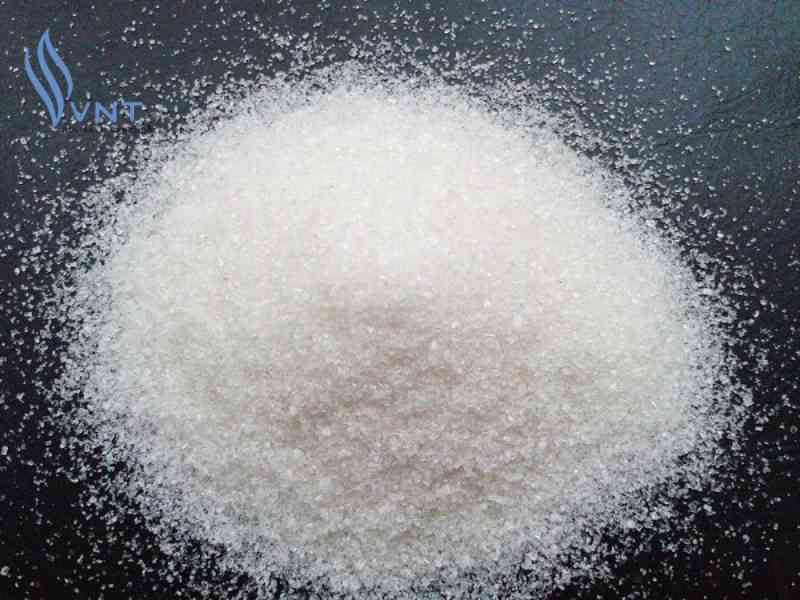
Ure
2. Ammonium fertilizer
Ammonium fertilizer is a type of nitrogen fertilizer that synthesizes ammonium salts: NH4Cl, NH4NO3, (NH4)2SO4…. Fertilizers are divided into many types, the most common of which are the following 2 types:
– Ammonium sulfate (NH4)2SO4: also known as SA fertilizer: contains 20-21% N and 23-24% S. Ammonium sulfate fertilizer can make the soil acidic, which can be overcome by combining it with alkaline phosphate fertilizers such as fused phosphate fertilizer. The fertilizer has a quick effect on plants. Care should be taken when fertilizing seedlings because it can easily burn leaves.
– Ammonium chloride NH4Cl: Fertilizer contains 24-25% N and 75% Cl. The fertilizer is easily soluble in water, less hygroscopic, does not clump, is loose and easy to use. However, when fertilizing, it can easily cause acidity and leave residual Cl- ions in the soil. It should be combined with phosphate and other fertilizers when used. Note: Do not fertilize tobacco, tea, potatoes, onions, garlic, cabbage, etc.
How to use: Topdress and divide into several times.
Ammonium fertilizer is not suitable for acidic soil because the fertilizer contains a lot of ammonium (acid) which increases the acidity of the soil.
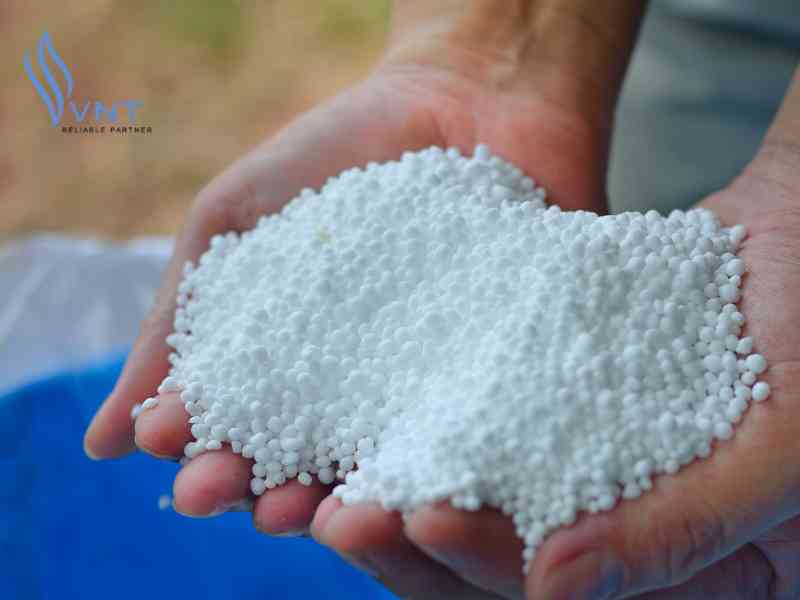
Ammonium fertilizer
3. Nitrate fertilizer
This is a type of fertilizer that synthesizes nitrate salts such as: NaNO3, Ca(NO3)2,.. Nitrate fertilizer is notable for the following types of fertilizers:
– Sodium nitrate (NaNO3): This is a widely used fertilizer containing 16% N, 25% Na2O and a small amount of Boron. It is often used for sugar crops such as sugarcane, sugar beets and root crops such as carrots, potatoes, sweet potatoes, etc.
– Calcium nitrate Ca(NO3)2: This fertilizer contains 15-15.5% N and 25% CaO. This is a strongly alkaline fertilizer, so it is very beneficial for acidic soils. A proportion of calcium nitrate in complex fertilizers will be a suitable source of calcium for plants in acidic soils.
– Magnesium nitrate Mg(NO3)2: contains 13-15% N and 8% easily soluble MgO. This type of fertilizer is often used in areas with magnesium deficiency.
- Ammonium nitrate (NH4NO3): This type of fertilizer contains 33-35% N in both NH4+ and NO3- forms. The fertilizer is crystalline, gray-yellow in color, and easily watery. Ammonium nitrate is a physiologically acidic fertilizer, suitable for upland crops such as corn, tobacco, cotton, sugarcane, etc.
- Potassium nitrate fertilizer (KNO3): Contains 13% N and 44% K2O. Because the potassium in the fertilizer is higher than N, it is often used as a potassium fertilizer. However, it also provides N for crops.
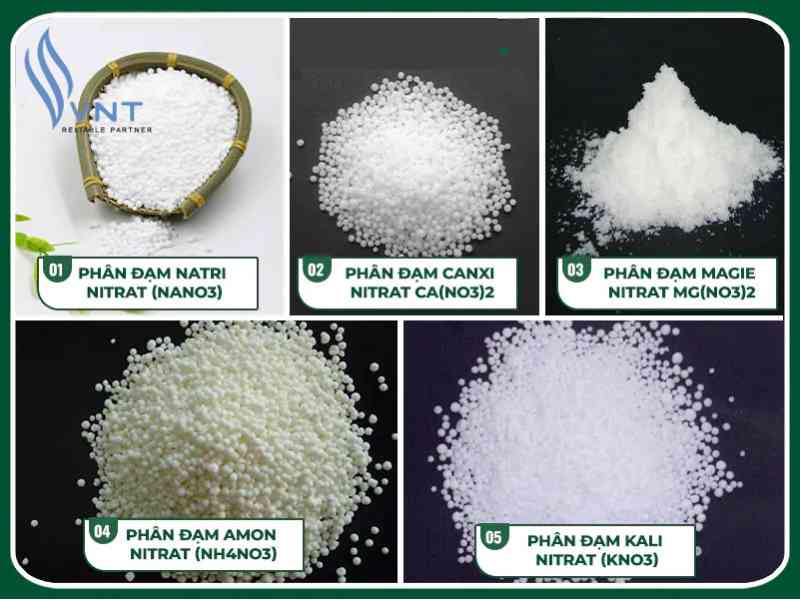
Nitrate fertilizer
Some notes when using nitrogen fertilizer
- Fertilizer is easy to dissolve, quickly absorbed, green leaves, and produces a lot.
- Suitable for leaf crops
- Do not fertilize when it is about to rain or storm, it will be lost due to overflowing and leaching. If you cannot irrigate or have a long drought, do not fertilize with nitrogen.
- Most nitrogen fertilizers and physiologically acidic fertilizers need to be combined with alkaline fertilizers, ash or lime to avoid soil acidity and poor effectiveness.
- For plants with high nitrogen needs, when fertilizing, it is necessary to divide it into many applications, especially for acidic soils, poor humus content in the soil, low absorption capacity, etc. It is necessary to fertilize according to the characteristics and needs of the plants and soil.
- For upland crops such as corn, sugarcane, cotton, etc., nitrate nitrogen fertilizer is appropriate, but for rice, chloride nitrogen or SA fertilizer should be used. In the early stages of legumes that have not yet developed nodules, nitrogen fertilizer (20-30kg N/ha) is still applied, preferably mixed with composted manure.
- When storing nitrogen fertilizer, be careful not to pour it on the ground, do not lean it against the wall, put it in a good paper bag or plastic bag, and place it high...
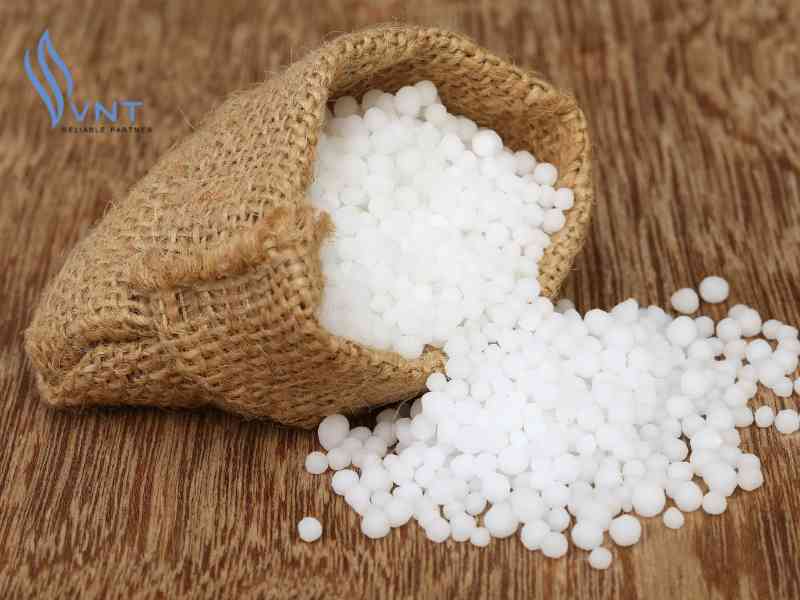
Some notes when using nitrogen fertilizer
Through this article, the question of what is nitrogen fertilizer has been answered, helping farmers understand more about this type of fertilizer. Farmers who want to buy nitrogen fertilizer should contact VNT immediately.
VNT is a leading company specializing in distributing genuine quality nitrogen, phosphorus, potassium and other fertilizers at extremely attractive prices. Always putting the value of customers first, VNT chemicals always satisfy all customers.
>> Don't hesitate, contact us now or see the fertilizer catalog to choose the fertilizer product you need right away
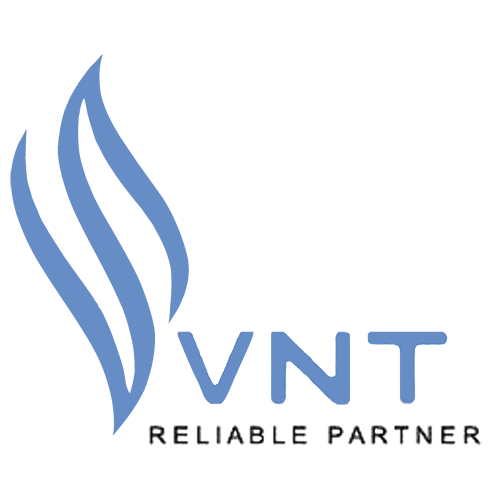


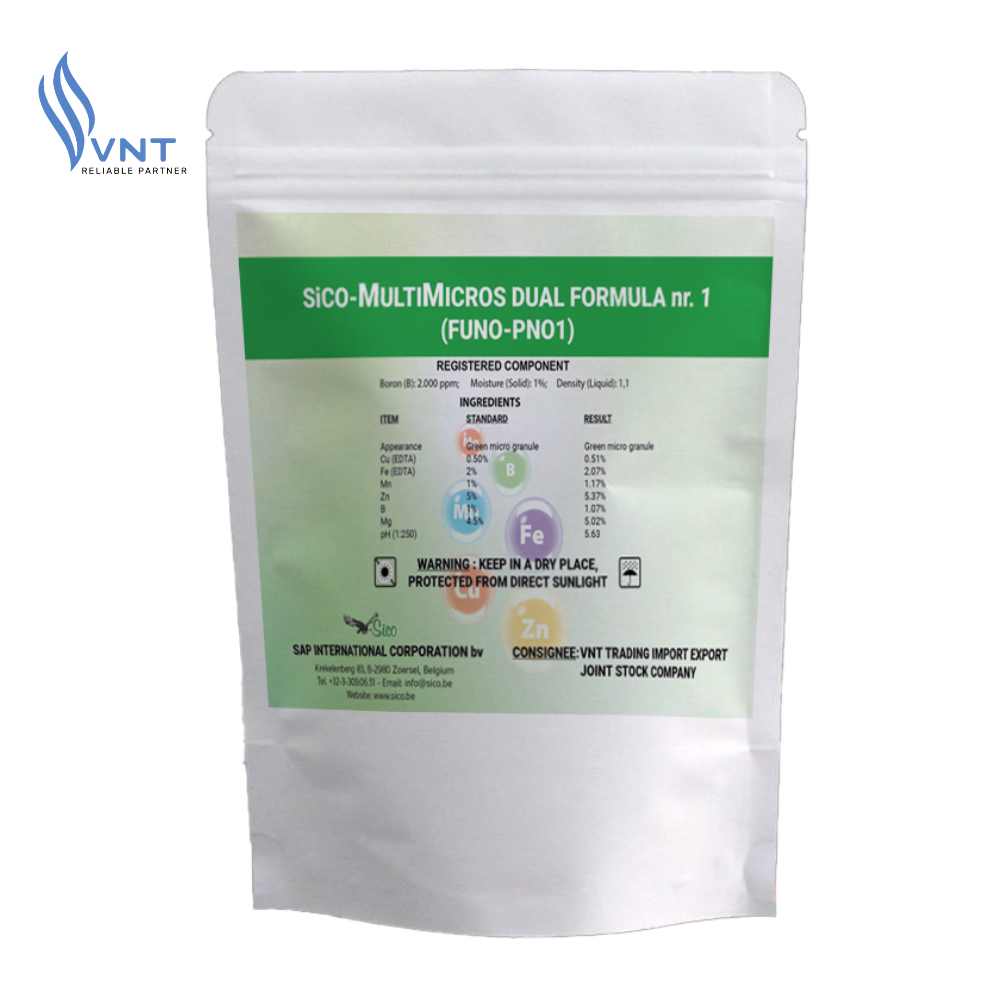
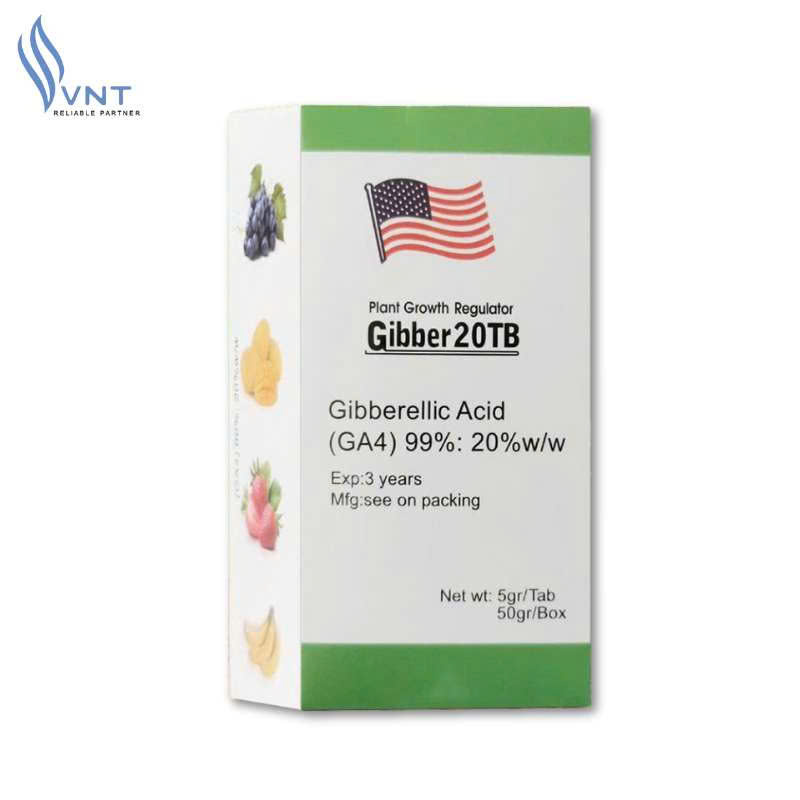
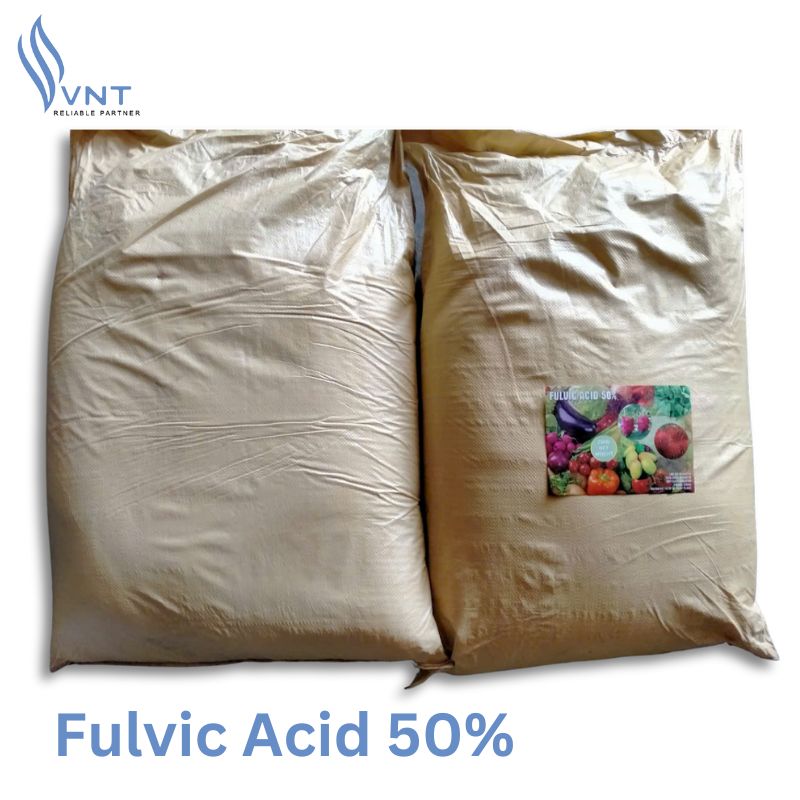
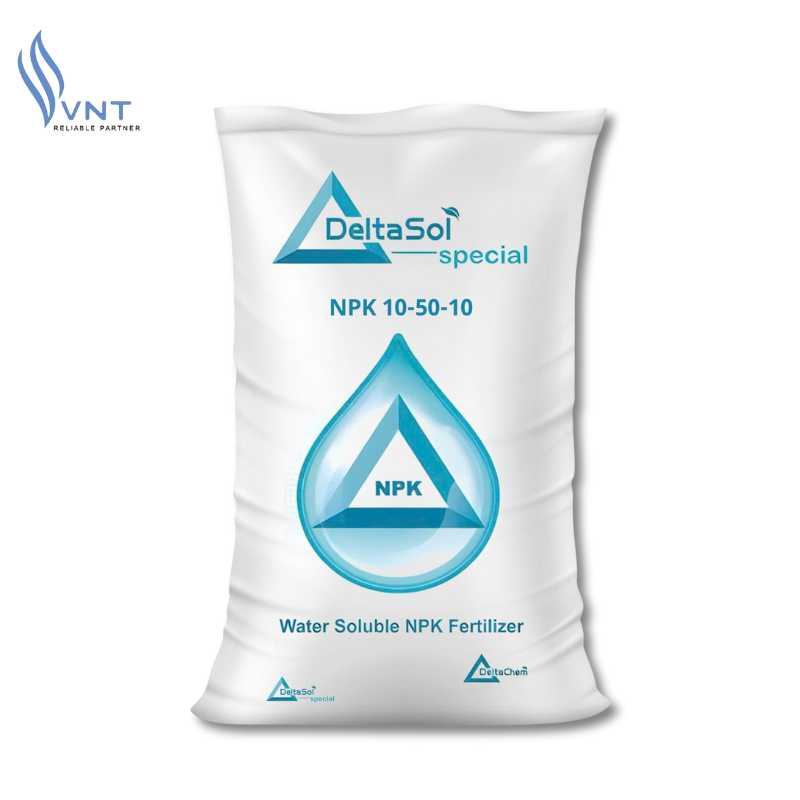
![[Q&A] How Long After Applying NPK Fertilizer Can You Eat Vegetables?](https://www.vntradimex.com/public/files/news/bon-phan-npk-cho-rau-bao-lau-thi-an-duoc-685e204cde416.jpg)
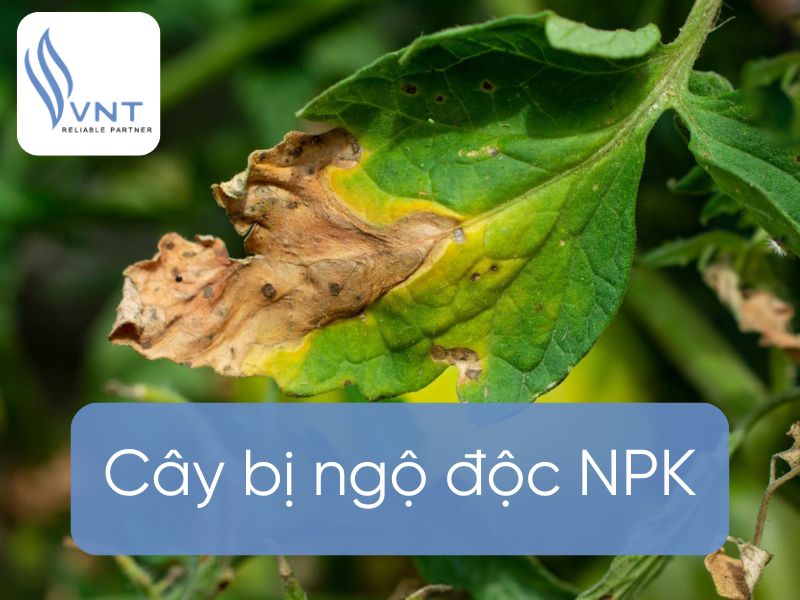
![[SHARE] How to use NPK fertilizer properly that everyone should know!](https://www.vntradimex.com/public/files/news/cach-dung-phan-bon-npk-dung-cach-682c46ab907d2.jpg)
